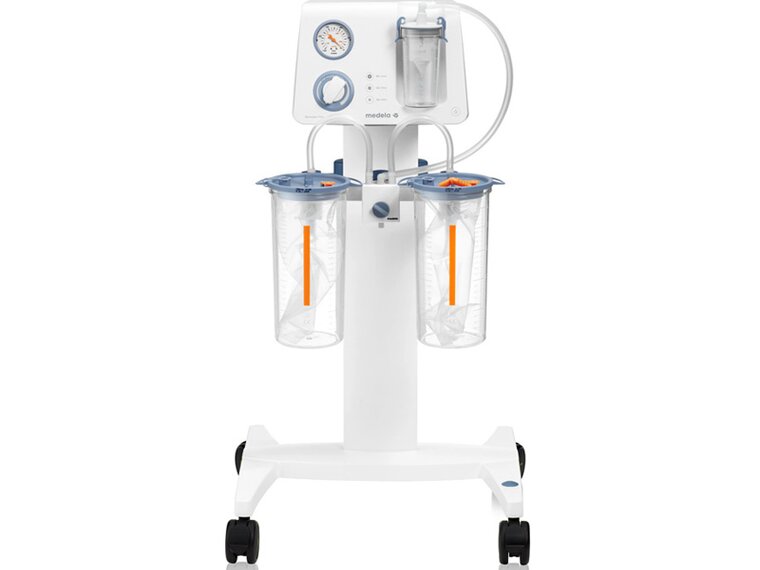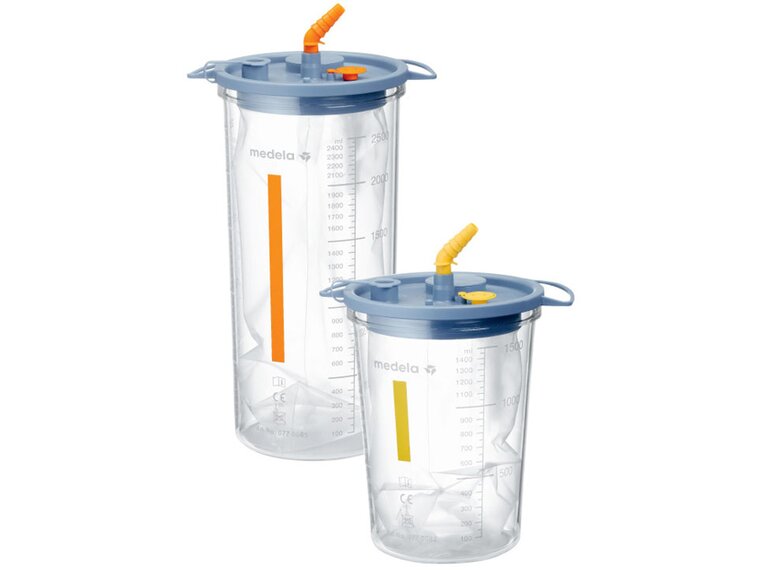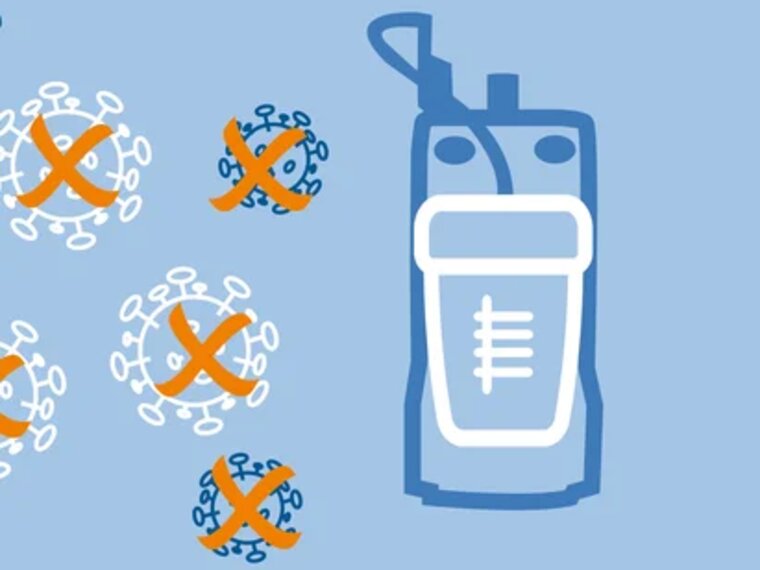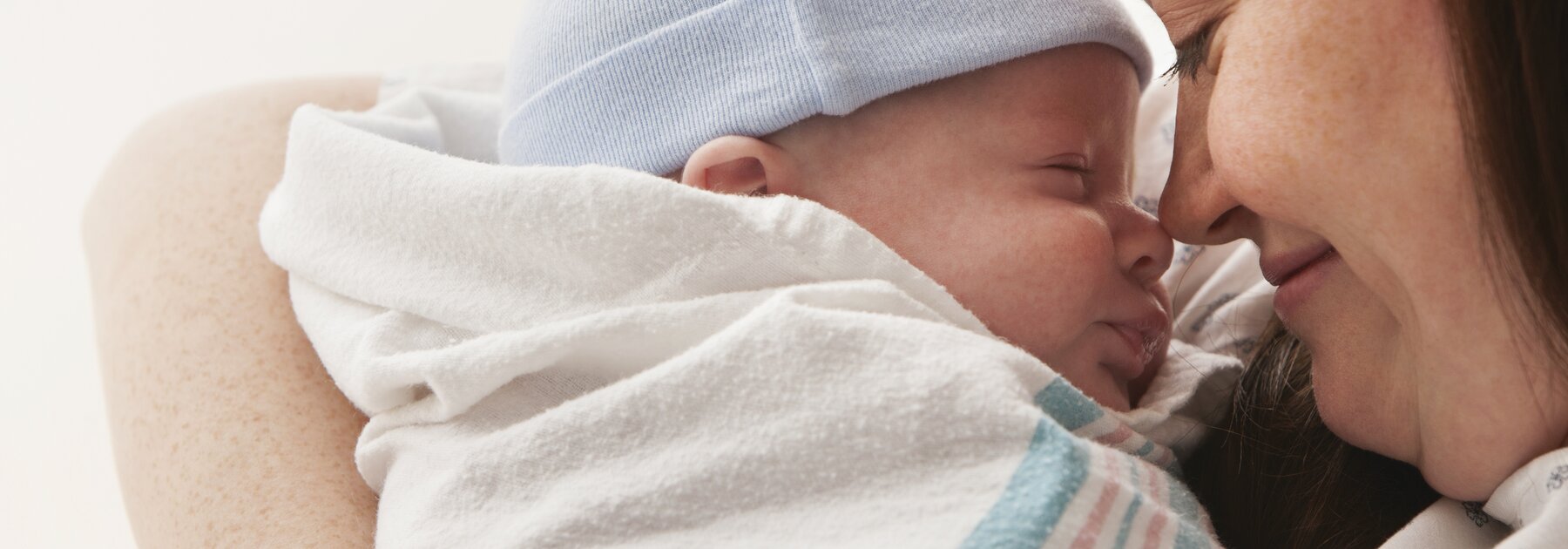2020 - International Year of the Nurse and the Midwife
The World Health Organization (WHO) has designated 2020 the International Year of the Nurse and the Midwife1 Nurses and midwives aid in delivering quality care1 and carry tremendous responsibility during childbirth. While childbirth practices have remained the same for generations2, the past century has brought numerous changes in birthing technology and in how a baby’s well-being is monitored during pregnancy, labour and birth.2 The expectations of a woman giving birth have also changed. While women often faced childbirth with fear a hundred years ago because they knew mothers or babies that had died, today childbearing is generally safe2 in many countries.
In some situations, technology is used to assist delivery and “[minimise] risks that might have led to death or disability a century ago”.2 How common is assisted delivery? According to the UK’s National Health Service (NHS), assisted delivery is used in about 1 in 8 births.3For a midwife, this option can provide confidence and support a mother during vaginal delivery instead of considering a caesarean section.
What is Vacuum Assisted Delivery?
During assisted delivery, a vacuum device may offer support. Known as Vacuum Assisted Delivery (VAD), this method of vacuum birth may be needed when the following indications occur:
Maternal indications:
- Shortening of second stage of labour:
- Maternal exhaustion
- Reduced maternal effort, i.e. mothers with hypertension, cardiac conditions, previous caesarean sections
- Prolonged second stage:
- Poor progress of second stage
- Malposition of presenting part
- Deflexed head
- Asynclitism (asymmetrical position of the foetal head)
- Special cases:
- Use of vacuum at caesarean section
- Delivery of second twin
Foetal indications:
Foetal distress:
- Expedite delivery with abnormal CTG, bradycardia (slower heart rate than normal).4
During Vacuum Assisted Delivery, “the cup may [generally] be reattached twice after detachment. It is important not to resort to a forceps delivery if the cup slips off repeatedly and the wise clinician would rather opt for a caesarean section”.4 These guidelines demonstrate the importance of vacuum control and variability of cup sizes – some of the benefits with the Medela VAD solution,which can be used in operative vaginal vacuum deliveries and during vacuum assisted caesarean sections.
What are the advantages of vacuum extraction?
With its controlled vacuum and different cup sizes, the Medela VAD solution can help to reduce foetal injuries while offering doctors and midwives more confidence during vacuum delivery. The Medela VAD solution is a gentle option when mothers-to-be need support by vacuum assisted delivery.
The advantages of using the Medela VAD solution with an active vacuum created by the pump during assisted vacuum delivery are:
- Development of a quick and stable vacuum with controlled increase of vacuum to around 80 kPa within 2 minutes.
- Unlike with other pumps, a gradual increase in pressure for a fast and safe start to vacuum delivery is not required with this vacuum delivery system.
- Combination of different ventouse sizes and pump pressure control.
- The solution of the vacuum assisted delivery system is gentle and reduces abrupt detaching of the cup from the foetal head, which minimises injuries such as pinching of skin at the fontanelle or internal bleeding.
- The pump adapts the pressure automatically during vacuum birth so that constant changes in pressure settings are not required.
- Doctors and midwives have both hands free and can fully focus on the process of vacuum extraction delivery. The ability to focus on a single task provides security.
Defining the Future of Care, Together
Successfully managing future waves of COVID-19 relies on many factors, including cooperation and planning on a societal level. However, for care centers tasked with aligning infrastructure and resources to mitigate future risks, the strategic implementation of mobile technologies – including portable suction – should be promptly considered.
Did you know...
... that Medela is an exclusive UNICEF Standard of Care partner for vacuum assisted delivery? Alongside its VAD solutions, Medela offers a wide range of other products to support health for all through partnerships with NGOs such as UNICEF, MSF, UNFPA and many more. Read more about it here:
Downloads
Dr. De Jong's guidelines (pdf)













